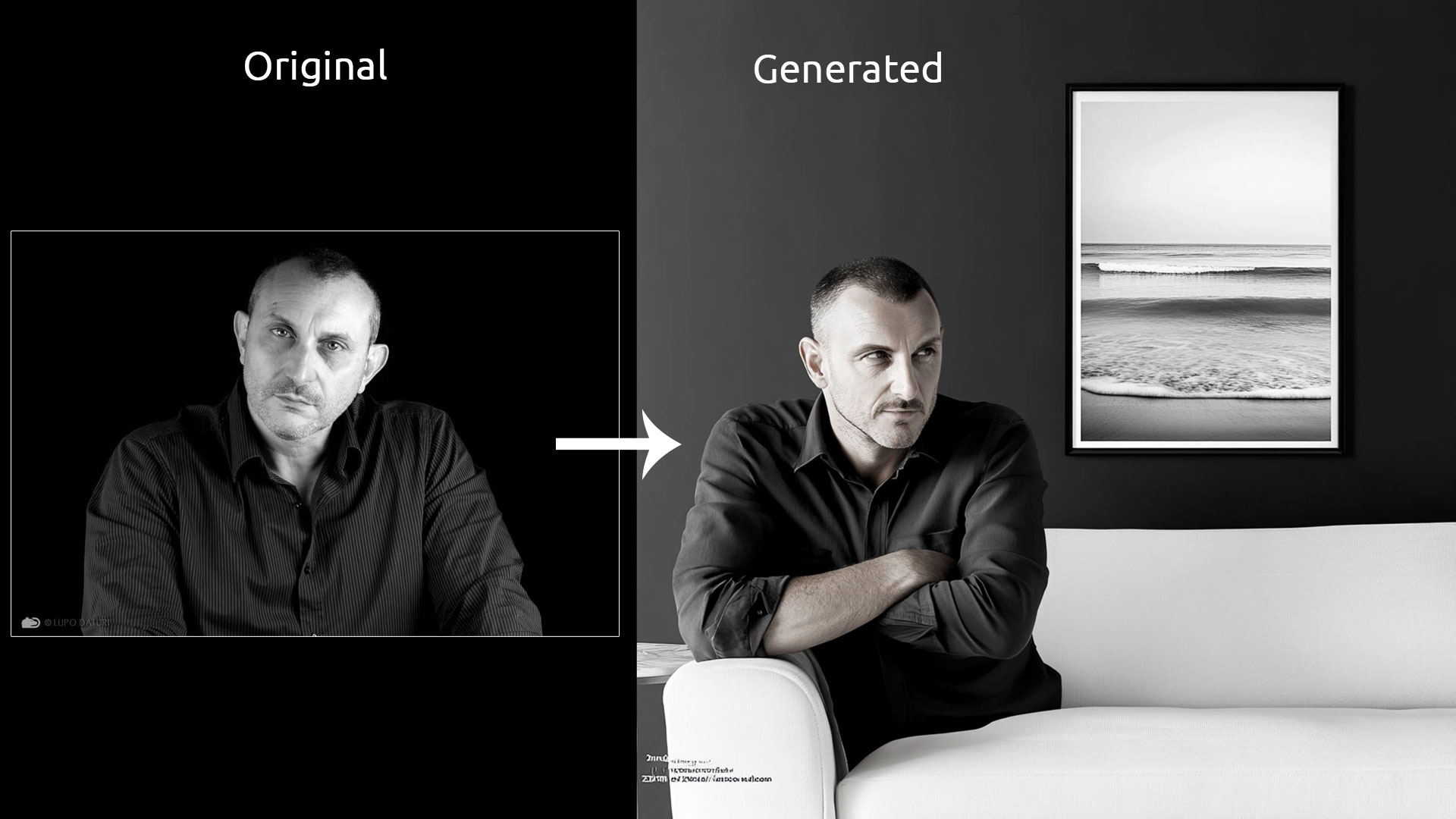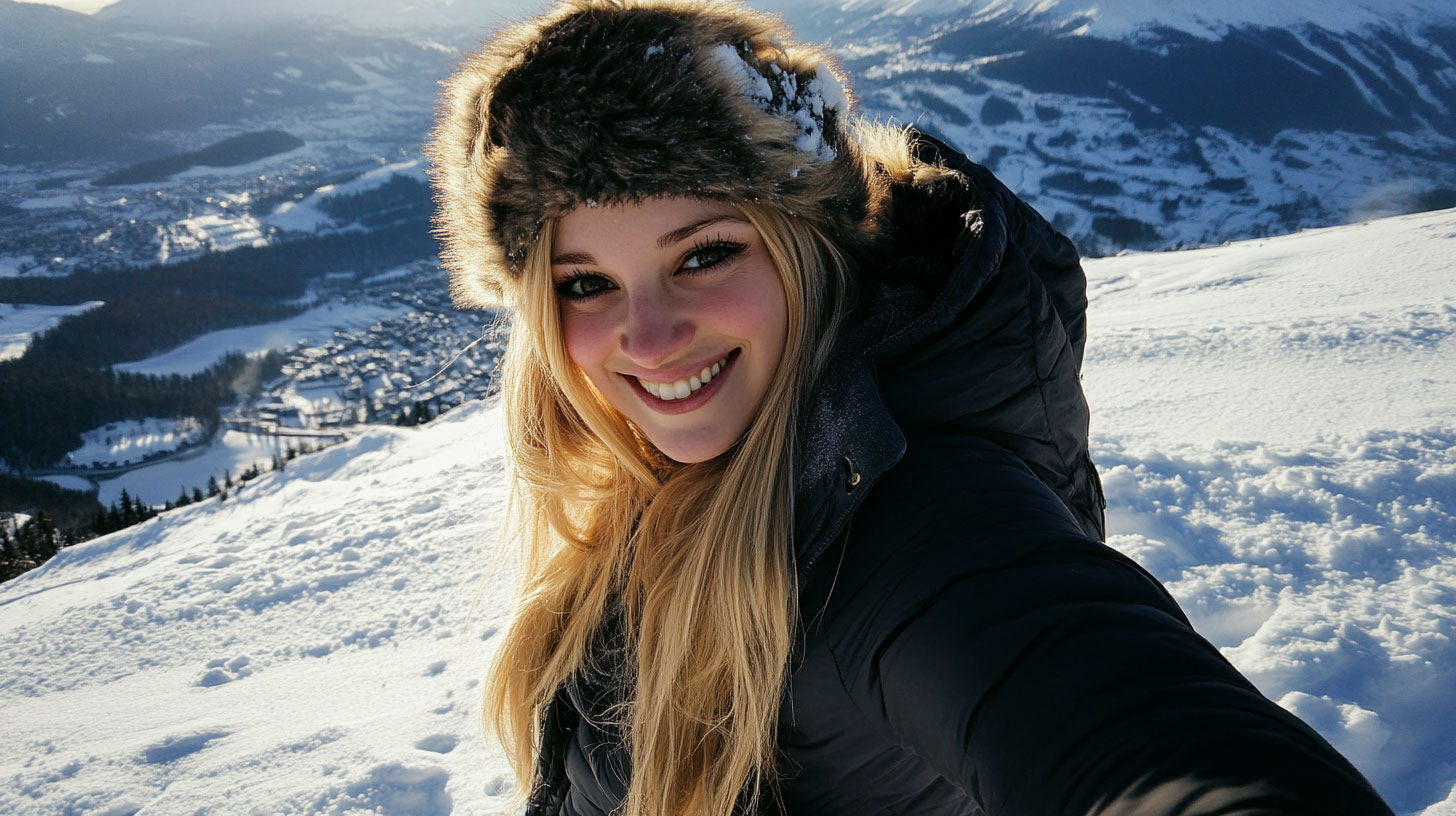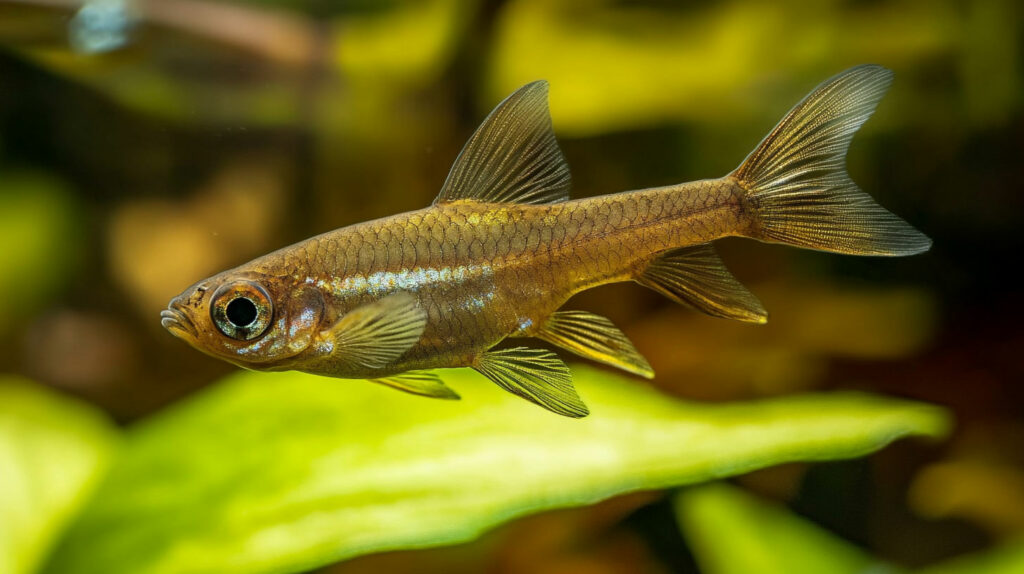Snippet
AI-driven image generation offers a blend of creativity and unpredictability. Tools like DALL-E and Midjourney turn textual descriptions into unique visuals, but results hinge on carefully crafted prompts. While variability adds intrigue, it can also frustrate when seeking consistency. Achieving the perfect image requires patience and experimentation.
Image generation through artificial intelligence (AI) represents one of the most intriguing innovations in the field of marketing and digital creativity. Tools like DALL-E, Midjourney, Flex, and Bing Image Creator allow anyone to create stunning images with just a few clicks and a textual description. The promise of these tools is enticing: just provide a description of what you want, and like magic, a unique image appears on the screen. But how simple is it really? The answer is complex: yes and no.
The importance of the right prompt
The core of image generation is the “prompt”—the text we provide to the model to describe what we want to achieve. The choice of words is crucial. This is where the magic of creativity meets the precision of communication: a well-crafted prompt can produce a spectacular result, while an ambiguous or imprecise one can deliver something completely different from what we had imagined.
Tools like DALL-E, Flex, and Midjourney cannot read our minds, but they rely on our ability to translate visions into words. This process is surprisingly complex because often what we have in mind is not easy to describe in precise detail. Nuances, compositions, atmospheres: it’s easy to say “I want a relaxing landscape,” but what makes an image truly relaxing? The answer varies from person to person.

Example generated by Midjourney. Prompt ‘A minimalist black and white office poster, a simple yet powerful design, perfect for wall art or decor in an urban setting. The simplicity makes it versatile, allowing it to match different room aesthetics and capturing both dynamic action and coastal beauty in a single frame, flat design, soft blue tones’
Always different results: the appeal (and problem) of variability
Another interesting aspect of these tools is their probabilistic nature: every time we enter the same prompt, the result may be different. This makes image generation fascinating and unique, but also potentially frustrating. Imagine trying to find the perfect image for your social media campaign and getting something slightly different each time. It could be the sky with a different tone of color or a shifted detail: in many cases, this means repeating the process over and over until a satisfactory result is achieved.
This constant variability is the key to uniqueness but also presents a consistency problem, especially when you have a specific idea in mind and want to achieve exactly that image. This means that using AI for image generation is not a straightforward path but rather an iterative process that requires time, experimentation, and sometimes a bit of frustration.
The limitations of text in images
One of the most evident limitations in AI image generation concerns the insertion of text. Although tools like DALL-E and Midjourney can create images containing textual elements, these texts often turn out to be imprecise or distorted. This is particularly problematic when trying to include specific messages, such as slogans or contact information, which need to be readable and accurate. AI still struggles to understand context and generate correct text 100% of the time, especially when it comes to complex words or different languages. Therefore, achieving an image with perfectly placed text can require many attempts, and often post-production work is needed to correct these details.

Achieving the impossible: the creative magic of AI
One of the most fascinating aspects of AI image generation is the possibility of achieving results that would be impossible to accomplish with traditional photography or would require hours of post-production work. Surreal images, dreamlike compositions, scenarios that defy the laws of physics: all of this can be created with just a few clicks and a well-crafted prompt. AI allows visual elements to be combined in ways that transcend the limits of reality and logic, creating visions that seem to come straight from dreams. However, since each image is recreated from scratch, it is not possible to refine details as one would with traditional photography or digital graphics; each new generation comes with variations. This makes these tools particularly powerful for those looking to convey a message in an unconventional way or bring ideas to life that traditional photography simply could not capture.
Assisted creativity: learning to collaborate with AI
In many cases, the key is learning to see these tools as creative collaborators rather than mere automatic generators. Just like with a human designer, it’s necessary to dialogue, provide feedback, and improve the process to reach the right solution. However, unlike a human designer, it’s not possible to improve the details of an image in an iterative manner, as each time the image is regenerated, it is created from scratch, with possible variations. There is an aspect of trial and error that is fundamental, and often the true value lies in experimentation: trying multiple versions, adding details, changing the perspective, and finally finding the result that truly communicates the desired message.
Conclusion
Generating images with artificial intelligence is fascinating, powerful, and sometimes frustrating. It requires a balance between creativity and precision, and much more time than one might initially think. The results can be astonishing but also unexpected, and often the journey to the “right” image is full of surprises. If we are willing to invest the necessary time and leave room for experimentation, we can achieve unique results that add a special touch to our marketing campaigns.
Examples of AI generated images by Marco Daturi






